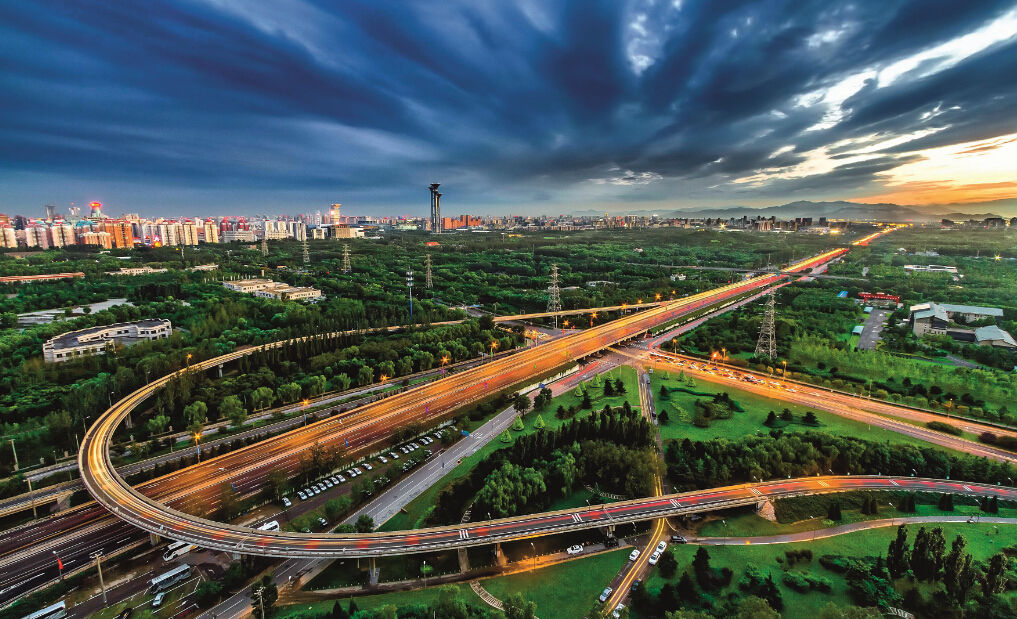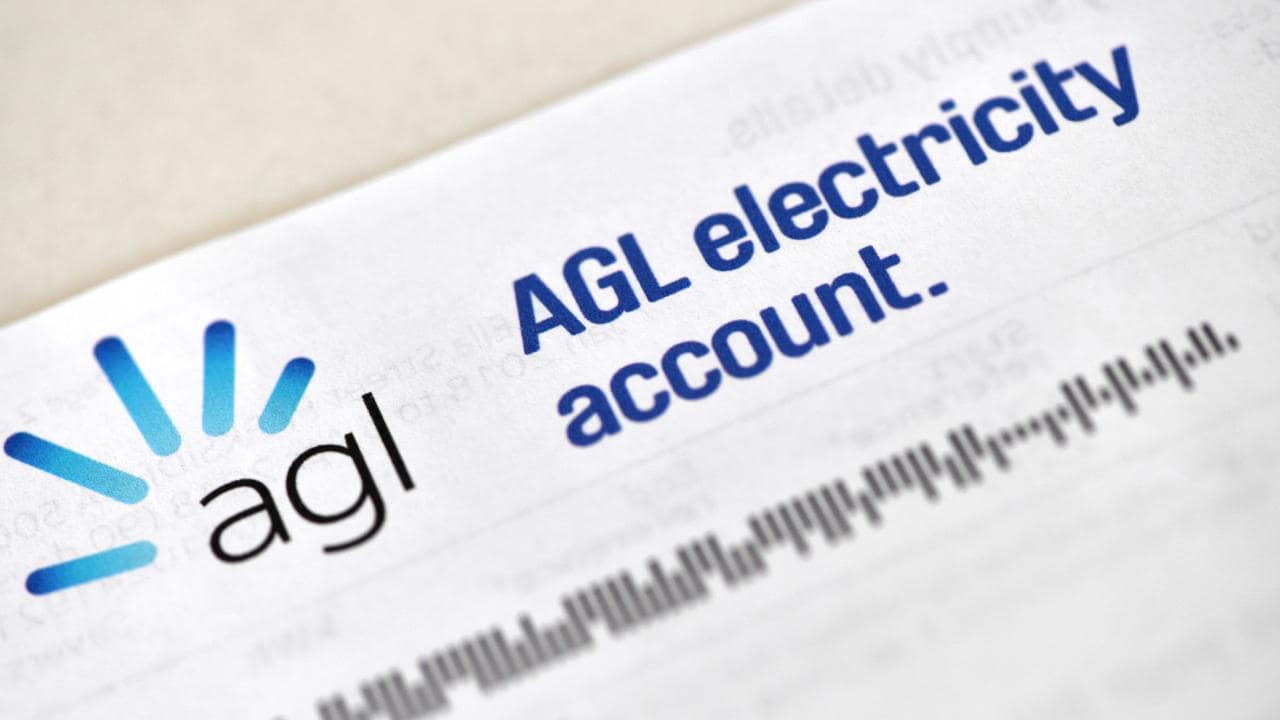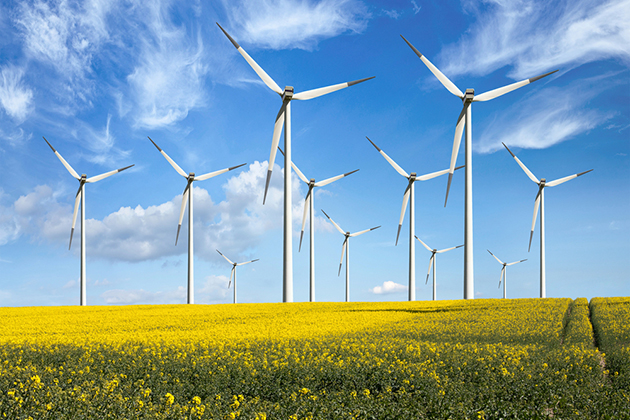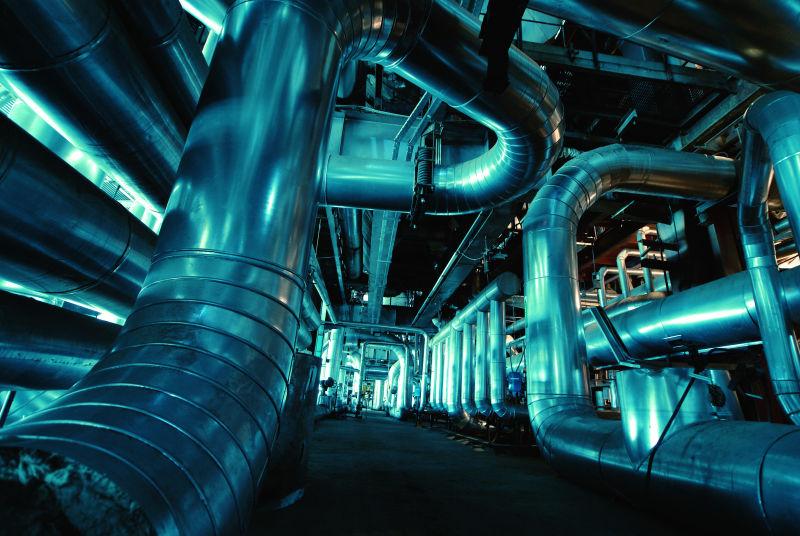基础设施

INFRASTRUCTURE
Planning for development of social and physical infrastructure should enable it to be provided in a way that is efficient, equitable, accessible and timely.
Planning is to recognise social needs by providing land for a range of accessible community resources, such as education, cultural, health and community support (mental health, aged care, disability, youth and family services) facilities.
Planning should ensure that the growth and redevelopment of settlements is planned in a manner that allows for the logical and efficient provision and maintenance of infrastructure, including the
setting aside of land for the construction of future transport routes.
Planning should facilitate efficient use of existing infrastructure and human services.
Providers of infrastructure, whether public or private bodies, are to be guided by planning policies and should assist strategic land use planning.
Planning should minimise the impact of use and development on the operation of major infrastructure of national, state and regional significance, including communication networks and energy generation and distribution systems.
Planning authorities should consider the use of development and infrastructure contributions in the funding of infrastructure.
ENERGY

Energy supply
Objective
To facilitate appropriate development of energy supply infrastructure.

Strategies
Support the development of energy facilities in appropriate locations where they take advantage of existing infrastructure and provide benefits to industry and the community.
Support transition to a low-carbon economy with renewable energy and greenhouse emission reductions including geothermal, clean coal processing and carbon capture and storage.
Facilitate local energy generation to help diversify the local economy and improve sustainability outcomes.
Renewable energy

Objective
To promote the provision of renewable energy in a manner that ensures appropriate siting and design considerations are met.
Strategies
Facilitate renewable energy development in appropriate locations.
Protect energy infrastructure against competing and incompatible uses.
Develop appropriate infrastructure to meet community demand for energy services.
Set aside suitable land for future energy infrastructure.
Consider the economic and environmental benefits to the broader community of renewable energy generation while also considering the need to minimise the effects of a proposal on the local community and environment.
Recognise that economically viable wind energy facilities are dependent on locations with consistently strong winds over the year.
Policy documents
Consider as relevant:
Policy and Planning Guidelines for Development of Wind Energy Facilities in Victoria (Department of Environment, Land, Water and Planning, October 2018)
Pipeline infrastructure

Objective
To ensure that gas, oil and other substances are safely delivered to users and to and from port terminals at minimal risk to people, other critical infrastructure and the environment.
Strategies
Plan for the development of pipeline infrastructure subject to the Pipelines Act 2005.
Recognise existing transmission-pressure gas pipelines in planning schemes and protect from further encroachment by residential development or other sensitive land uses, unless suitable
additional protection of pipelines is provided.
Plan new pipelines along routes with adequate buffers to residences, zoned residential land and other sensitive land uses and with minimal impacts on waterways, wetlands, flora and fauna, erosion prone areas and other environmentally sensitive sites.
Provide for environmental management during construction and on-going operation of pipeline easements.